Today is the fourth time I’ve traveled since the COVID-19 pandemic swept the globe and completely derailed the travel industry back in March. My trips have been a mix of work and pleasure, and I’ve only flown domestically. Most of the flying has been within the Western U.S.
Early on, planes were empty. Fares were still pretty cheap, and award seats were wide open. Airports were deserted. It was definitely the time to travel from a cost perspective. You are just not left with a lot to do at many destinations.
Air Travel Has Somewhat Recovered
Last Sunday was the busiest travel day since the April’s low. Just shy of 800,000 people crossed through TSA checkpoints. When I flew for work a couple weeks ago, I did notice that SFO was a whole lot busier than the previous times I’d passed through.
Airlines have really adjusted their schedules during this time, trying to match scheduled flights to demand. They are already bleeding money, so flying mostly empty planes does not help their situation.
Our tiny airport in northern California used to have seven daily flights to three different destinations. We are now down to three daily flights to two United hubs: SFO and LAX. Denver service is supposed to resume next month. We’ll see if that still happens.
Airlines are reeling from the lack of demand, so my guess is that unless the scheduled Denver service has plenty of bookings, it’ll likely be axed. At this point, airlines desperately need to get butts in seats, while simultaneously slashing costs. Flying nine people from Arcata to Denver will just lost them more money.
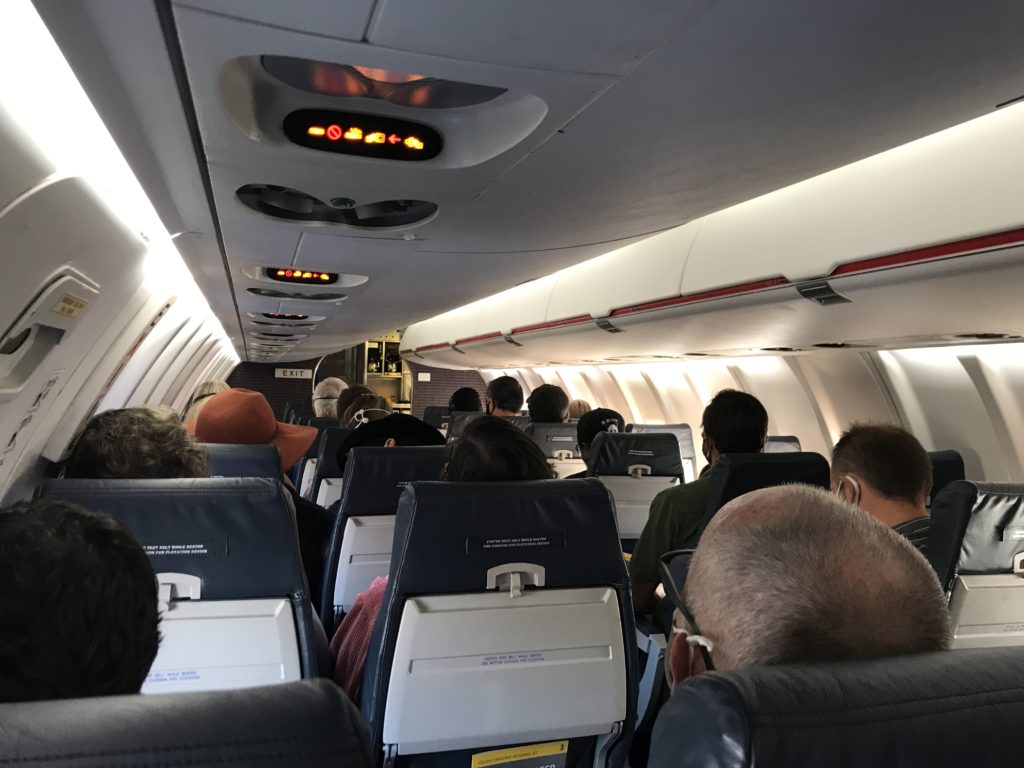
High Load Factor Flights During COVID: Blessing and Curse
Airlines have had varied responses to the pandemic. All require face coverings, and some have committed to blocking seats. Meal and drink services were suspended, although United has brought theirs back at least. Cleaning procedures have been improved and intensified.
All of this is intended primarily to give fliers peace of mind more than anything. If people are comfortable flying, they will be more likely to book, and the airlines will bring in more revenue. I know this sounds cynical, but it’s really how I see it. The airlines need to make money, and if they don’t, they will eventually go under. Or we, the taxpayers, will keep footing their bill.
Which brings us to today’s experience. I knew that airlines were operating high-load-factor flights during COVID, but this was my first personal experience. I was very surprised how full it was aboard the CRJ-200 we flew this morning. I counted the passengers. A whopping 44 out of 50 seats were occupied!
For anyone nervous about flying right now, this is obviously bad news. Everyone has their required face covering, but you’re still stuck in close quarters for a little over an hour. For the airlines, this is obviously good. An 88% load factor almost certainly means this morning’s flight was profitable for Skywest and United.
Final Thoughts
Airlines needs passengers to start flying again for their industry to recover. The pandemic has hurt so many businesses across the country and around the globe. I know that attitudes toward flying are all over the map right now. Some people, myself included, have no qualms flying. Others will do it, but with precautions and concern. Others won’t be hitting the skies for quite a while.
No matter what, the next several months are going to be rough for the airlines. With air travel recovery stalled, some airlines will be laying off tens of thousands of staff. It’s a sad time. It is my hope that things will continue to head toward normal, although at this point, it will be a while until anything is normal. I would never have guessed we’d still dealing with this at the end of the summer.






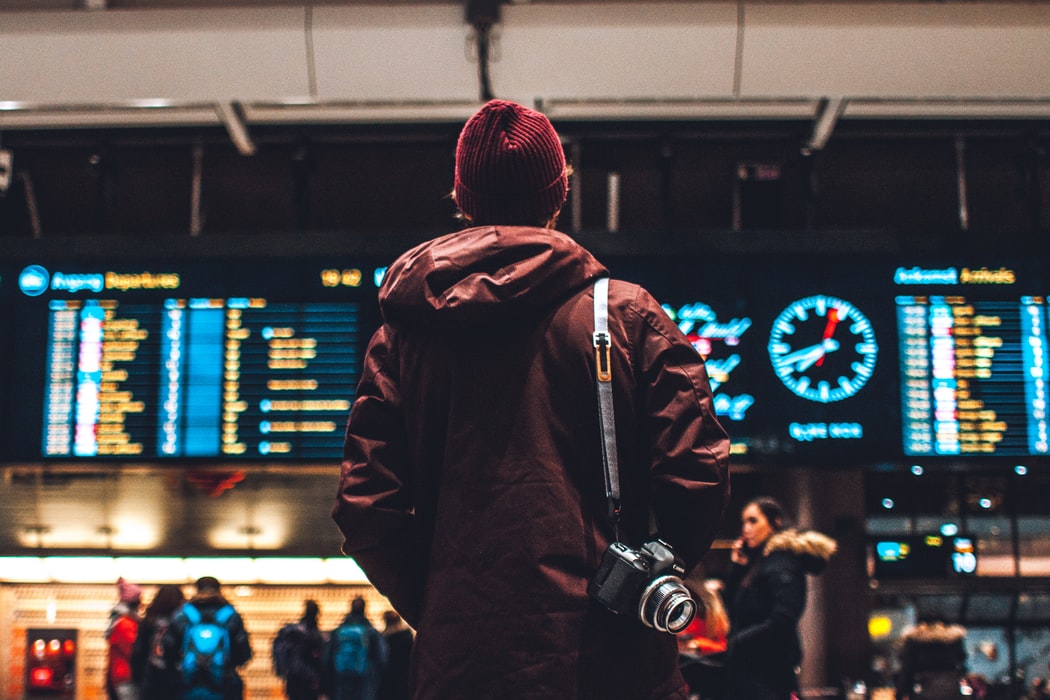
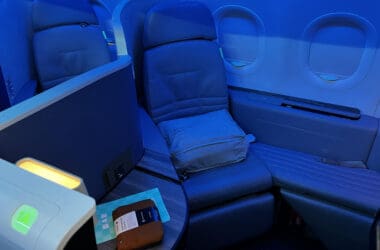
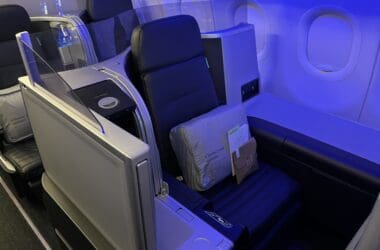
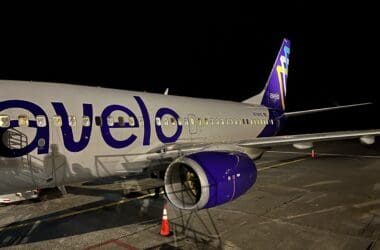


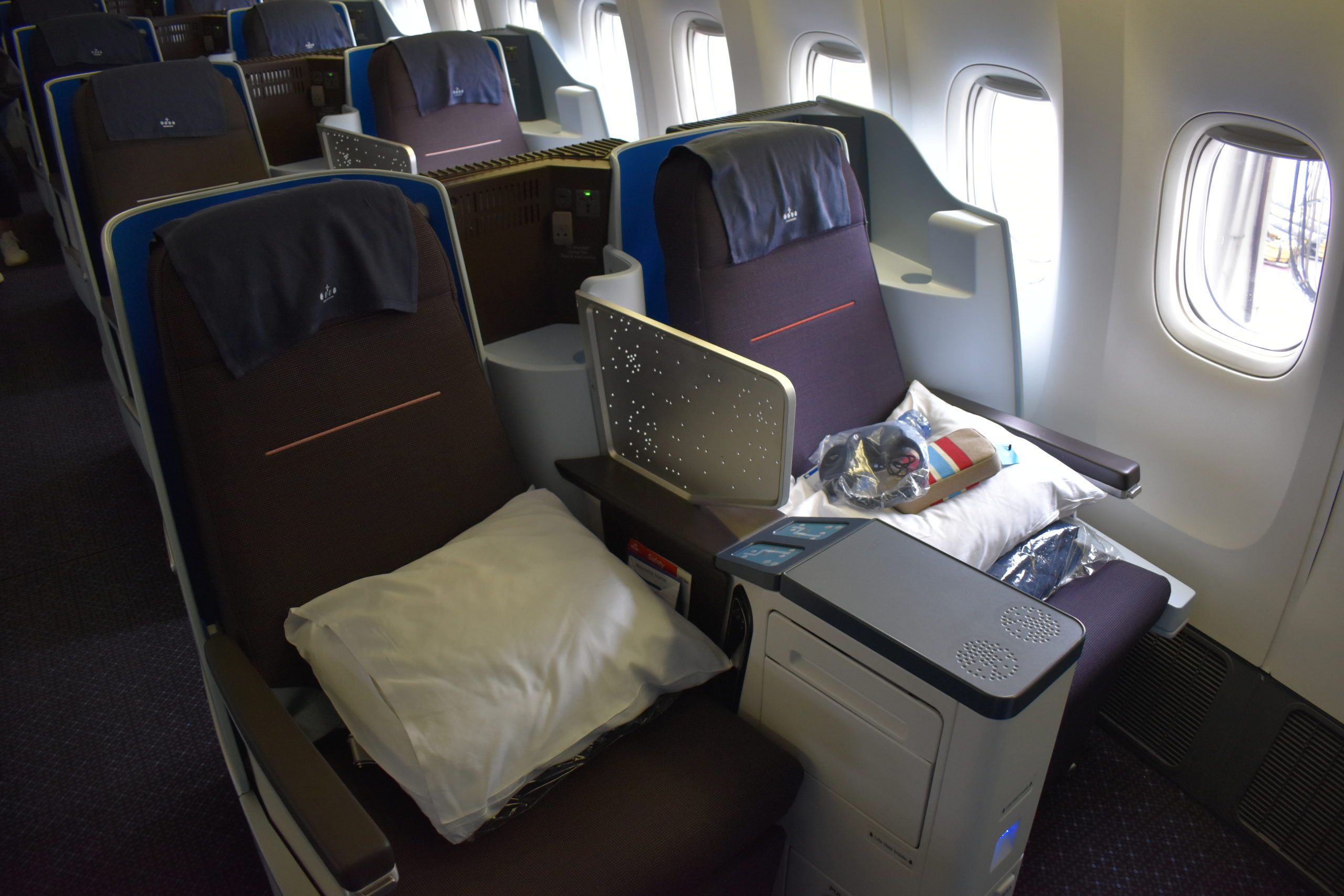
Nice post from an overall perspective but I’m curious how you personally felt about flying in a plane that full.
It didn’t phase me, personally.